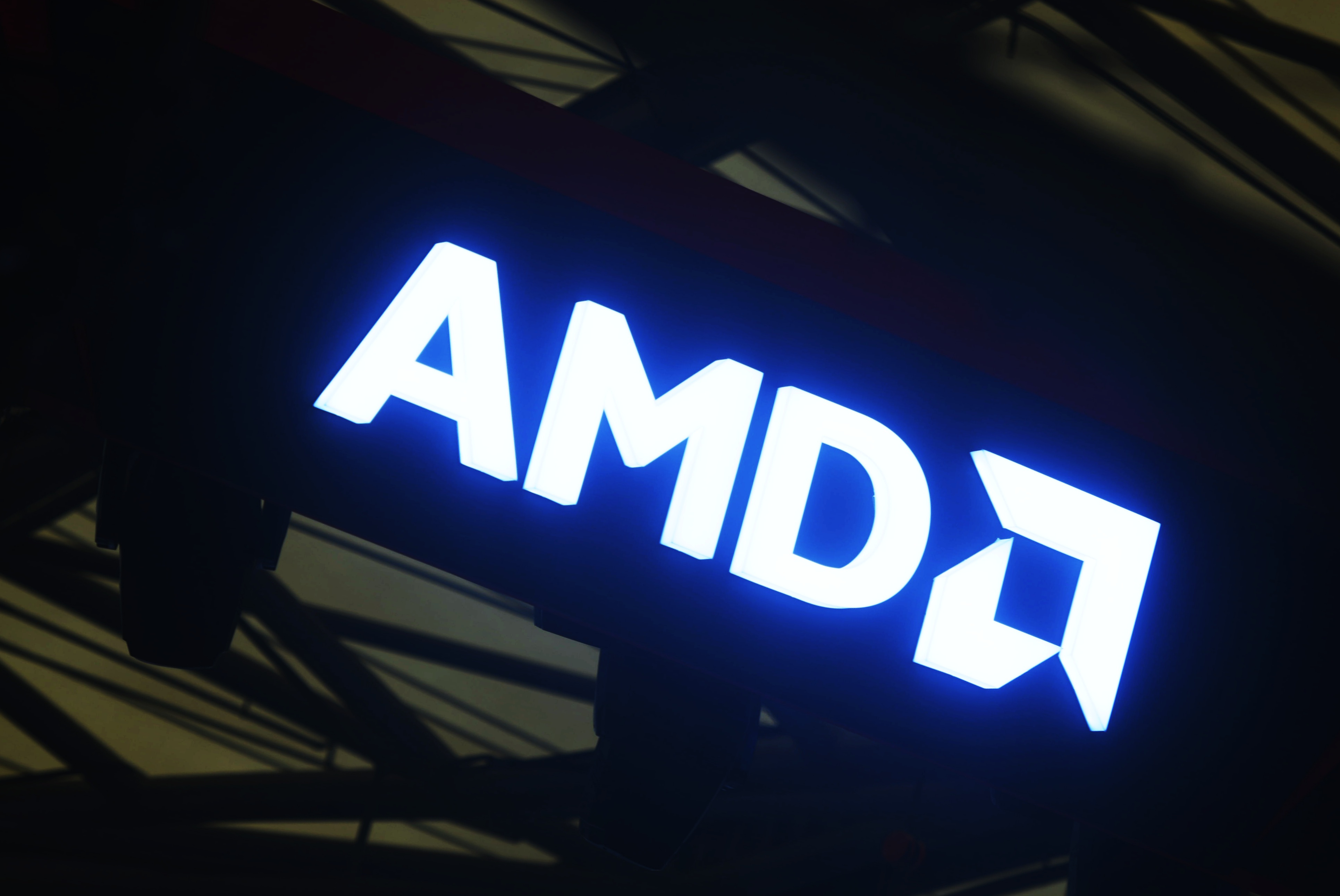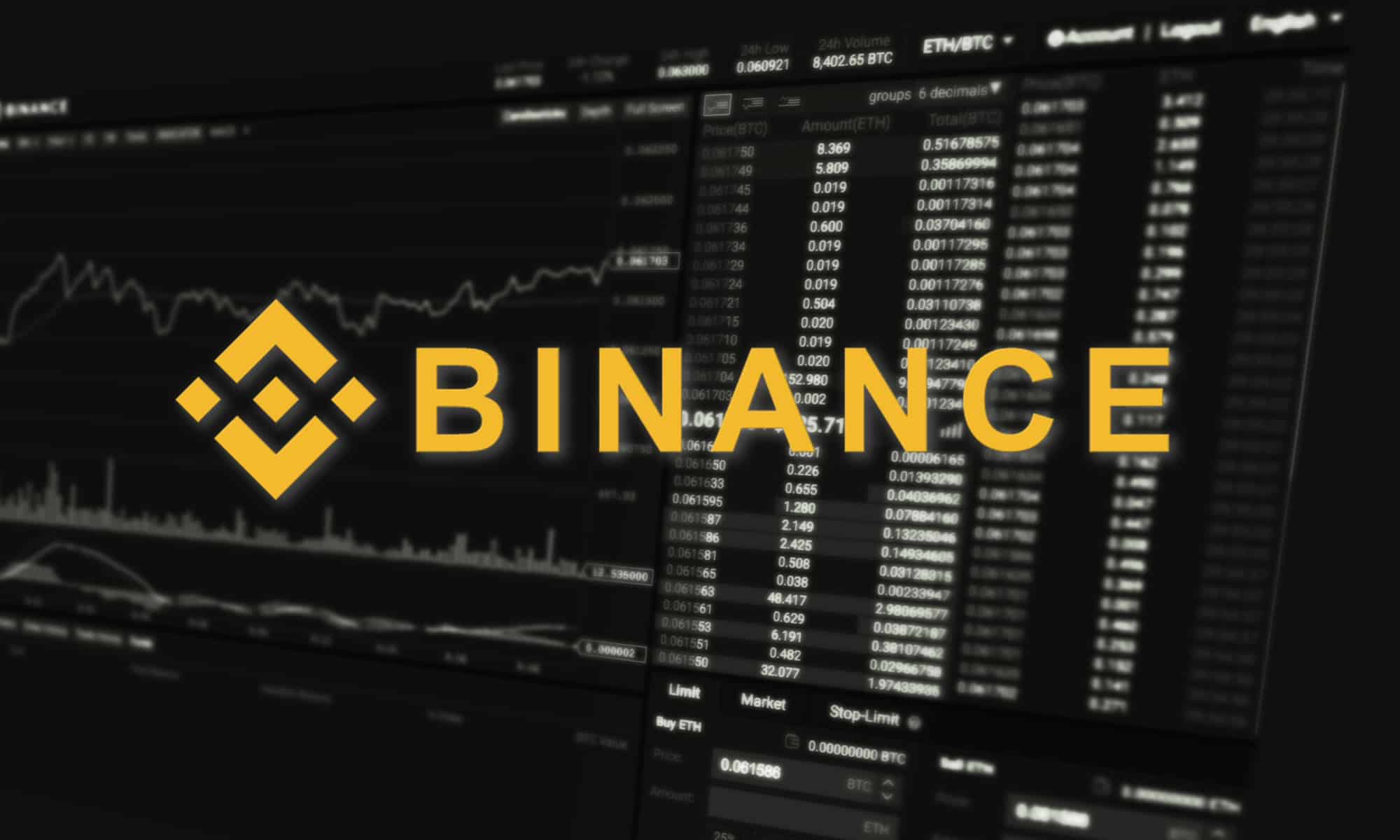AMD Expects Tens of Billions in Annual Revenue from OpenAI Partnership, San Francisco, Oct. 6, 2025 — Semiconductor leader Advanced Micro Devices (AMD) has entered into one of the most significant partnerships in artificial intelligence history, announcing a multi-year agreement with OpenAI that is expected to deliver tens of billions of dollars in annual revenue and fundamentally reshape the competitive balance of the AI chip industry.
Under the deal, AMD will supply hundreds of thousands of AI accelerator chips, representing more than six gigawatts of computing power, to OpenAI over several years beginning in the second half of 2026. The partnership includes the deployment of AMD’s next-generation MI450 series GPUs, a family of high-performance processors designed specifically for large-scale AI model training and inference.
In addition to chip supply, the deal provides OpenAI with a strategic equity option — a warrant to purchase up to 160 million AMD shares at a token price of one cent per share. The warrant will vest in stages based on performance milestones and AMD’s stock price, with the final tranche unlocking only when the company’s shares reach $600. If fully exercised, the warrant could give OpenAI a stake approaching 10% in AMD, aligning the two companies in a shared long-term growth strategy.
“This agreement is nothing short of transformative, both for AMD and for the broader AI industry,”
said Forrest Norrod, AMD’s executive vice president for data center solutions. “The demand for compute power is escalating faster than anyone predicted, and this partnership positions us at the heart of that growth.”
A Defining Moment for AMD’s AI Ambitions
The partnership marks a defining milestone for AMD, which has spent years building its AI and data center portfolio to compete directly with Nvidia, the dominant force in AI hardware. AMD’s Instinct product line — soon to include the MI450 — is engineered for hyperscale efficiency, enabling large AI models to be trained at lower cost and with reduced power consumption compared to traditional architectures.
As part of the agreement, OpenAI will begin constructing a one-gigawatt data facility powered by AMD chips in 2026, the first phase of what analysts describe as a “multi-site global expansion” aimed at achieving unmatched AI training capacity. The deal’s scale underscores OpenAI’s ambition to maintain its leadership position in artificial general intelligence (AGI) research and deployment.
AMD expects to start recognizing revenue as soon as initial chip shipments begin, ramping up significantly in 2027 and beyond. Company executives estimate that the OpenAI partnership will contribute tens of billions in annual sales, while secondary effects from follow-on customers and ecosystem growth could push AMD’s cumulative revenue gains to over $100 billion within four years.
“When a pioneer like OpenAI selects AMD as its backbone for AI infrastructure, it sends a clear message to the industry,”
said Mat Hein, AMD’s chief strategy officer. “This isn’t just a customer win — it’s a signal that choice, scalability, and innovation are returning to the AI hardware market.”
The Market Reacts
News of the deal sent AMD’s stock soaring more than 23% in premarket trading, positioning it to open at its highest level since March 2024. Analysts noted that investor enthusiasm reflects both the magnitude of the contract and the market’s growing belief that AMD is poised to become a true alternative to Nvidia in the AI computing race.
The partnership’s timing is particularly strategic. The global demand for AI chips has surged beyond the capacity of current suppliers, with tech giants and startups alike scrambling to secure GPUs to power training and inference operations. AMD’s expanded manufacturing pipeline, bolstered by its partnerships with TSMC and new U.S.-based fabs, gives it a key advantage as supply constraints tighten across the industry.
According to LSEG data, AMD’s total revenue for 2025 is projected at $32.8 billion. If OpenAI’s rollout proceeds as planned, analysts expect AMD’s annual revenue to more than double by the end of the decade, with data center products accounting for the majority of growth.
OpenAI’s Strategic Play
For OpenAI, the partnership represents more than just a chip supply deal — it’s a strategic hedge in a world increasingly dependent on compute access. By partnering deeply with AMD, OpenAI diversifies beyond Nvidia and gains leverage over future hardware pricing, availability, and performance tuning.
OpenAI CEO Sam Altman called the collaboration “a cornerstone for the company’s next generation of AI development.”
“We’re building systems that demand unprecedented computing scale,” Altman said in a statement. “AMD’s technology roadmap and commitment to open partnerships give us the freedom to innovate faster, at greater efficiency.”
This move also comes amid intensifying competition in the AI landscape. Rival firms like Anthropic, Google DeepMind, and xAI have all been pursuing long-term chip deals to secure computing power through 2030. AMD’s entry into the top tier of AI partnerships could alter those dynamics, offering new options to firms seeking alternatives to Nvidia’s tightly controlled ecosystem.
A New Era of Compute Power
Beyond its financial impact, the OpenAI–AMD agreement marks a philosophical shift in the AI industry — one that emphasizes diversification, collaboration, and scalability. With OpenAI’s vast demand for compute power and AMD’s proven design capabilities, the partnership could accelerate the pace of AI innovation worldwide.
Industry observers see the deal as a major step toward decentralizing AI infrastructure, allowing multiple hardware vendors to coexist and compete — a trend that could ultimately drive down costs and expand access to advanced AI tools globally.
As the world races toward artificial general intelligence, the engines behind that race are becoming just as important as the algorithms themselves. For AMD, this partnership is not only a commercial triumph but a defining moment in its evolution from a challenger to a cornerstone of the AI economy.
“This is the beginning of a new chapter in compute power,” Norrod said. “The systems we’re building today will train the intelligence that defines tomorrow.”
10 Chilling Facts About Cyber Armies and the Battle for the Digital World | Maya




